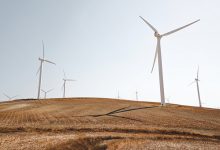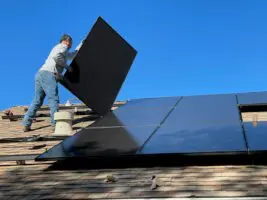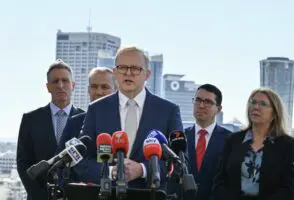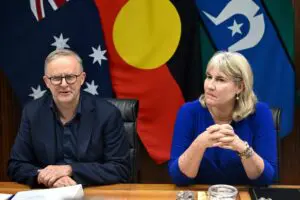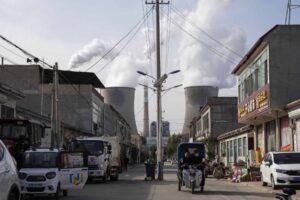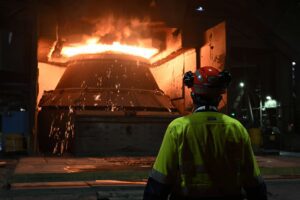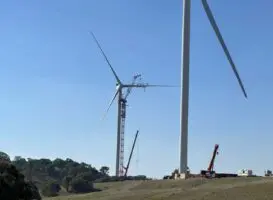The Morrison government is relying on five-year-old economic modelling as the basis of its 2030 emissions reduction target and has not modelled the economic impact of transitioning to a zero-emissions economy, despite signing up to such a target under the Paris Agreement.
Despite a growing chorus of support from Australia’s business community for the government to set a 2050 target for reaching zero net emissions, including from the Business Council of Australia, the Australian Industry Group and the Investor Group on Climate Change, the Morrison government has not sought to model what an Australian economy may look like under such a scenario.
The zero-emissions target has also been adopted by all Australian states and territories, meaning that Australia could have a de facto nation-wide zero emissions target, even if it isn’t official federal government policy.
However, in responses to senate estimates questions taken ‘on notice’, the Department of Industry, Science, Energy and Resources, conceded that “the Department has not assessed the economic impacts of Australia achieving net-zero emissions.”
The answer reveals the lack of work being undertaken by the Morrison government to progress Australia’s climate change targets, and how it is ignoring calls from the business sector, as well as environmental groups, to set a long-term target for Australia’s to reach zero net emissions.
In a separate answer provided in response to a question posed by NSW Labor senator Jenny McAllister, the federal Treasury department also revealed that it had not conducted any economic modelling of the government’s 2030 target.
Treasury also said that it was not working with any other government departments to help model the impacts of the 2030 target.
“Treasury is not currently undertaking modelling of the medium-term economic impacts of the government’s emissions reduction target of 26 per cent by 2030,” Treasury said.
Treasury instead pointed to modelling commissioned by the Foreign Affairs department five years ago, completed by ANU academic Warwick McKibbon, which formed the basis of the government’s decision to adopt a 26 to 28 per cent emissions reduction target.
It appears to remain the most recent economic assessment of emissions reduction targets commissioned by the Morrison government, with even that modelling finding that there was a negligible difference in economic impact between a 26 per cent emissions reduction target and a more ambitious 45 per cent target.
However, despite technological developments achieved over that period, including substantial reductions in the cost of large-scale solar and battery storage technologies, the Morrison government will not revisit its 2030 targets.
In response to a question about when the Morrison government would next look to update its emissions reduction targets, as it is required to do under the Paris Agreement, the government said that it would wait until 2025 to next update its targets, and even then would only be setting a 2035 target.
The issue of economic modelling of emissions reduction targets had featured heavily during the 2019 federal election, with both the Morrison government, as well as large portions of the media, pressuring the federal Labor party to publish costings of its climate policies, which at the time included a 45 per cent emissions reduction target and a 50 per cent renewable energy target by 2030.
Instead, the Morrison government-commissioned modelling, into Labor’s policies, from BAE Economics’ Brian Fisher, which was criticised for assumptions that exaggerated the costs of Labor’s targets, leading to then Labor leader Bill Shorten to label the modelling as “propaganda”.
After the election, the Morrison government conceded that Australia was on track to reach 50 per cent renewables by 2030 anyway, despite having described Labor’s 50 per cent target as “economy wrecking”.
However, as the answers to the senate estimates questions reveal, the Morrison government hasn’t even undertaken up to date modelling of its own 2030 emissions reduction target and is largely flying blind when it comes to the economic implications of a net-zero emissions target for 2050.
RenewEconomy and its sister sites One Step Off The Grid and The Driven will continue to publish throughout the Covid-19 crisis, posting good news about technology and project development, and holding government, regulators and business to account. But as the conference market evaporates, and some advertisers pull in their budgets, readers can help by making a voluntary donation here to help ensure we can continue to offer the service free of charge and to as wide an audience as possible. Thank you for your support.

